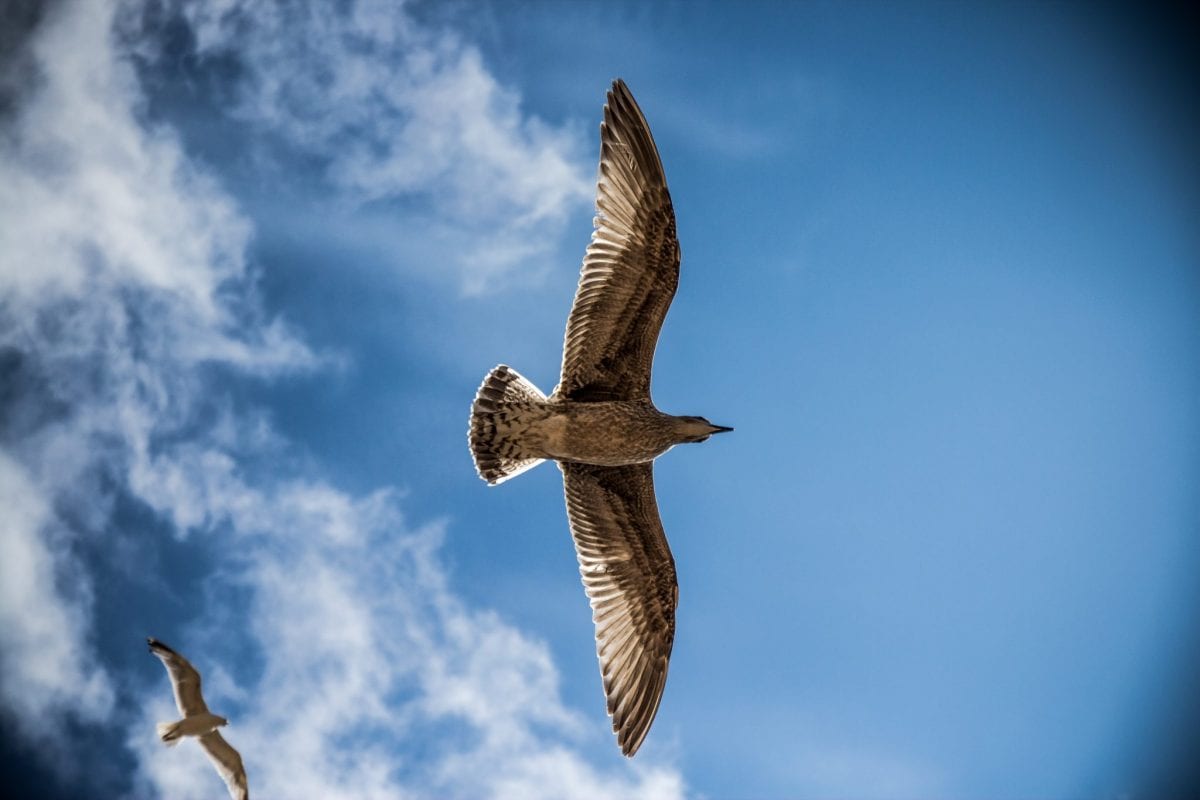
They have often been thought of as one of the smartest creatures on the planet. Experiments dating back thousands of years explain how crows would put stones into containers in order to raise the water level and get a drink that would be otherwise unreachable. More recent studies at Cambridge University support this behaviour. They have been observed using sticks as tools for various practices. They are ten a penny in almost every corner of the UK, but do we really understand how intelligent they are?
Jays: Noisy Neighbours
Magpies, (Pica pica), Crows (Corvus corone) and Jays (Garrulus glandarius) all belong to the same family, Corvidae. Jays are often more elusive than their cousins and they are normally seen as just a white flash disappearing into the woodland. Whilst they may appear shy, they do not tend to just melt quietly into the thick green cover provided by the deciduous and coniferous woodlands in which they normally reside. They have a distinctively boisterous call, and are subject to many a complaint from local residents in rural peaceful villages. Had these people ever seen one in the flesh or had any idea about its remarkable behaviour, as a part of the intelligent family to which it belongs, they may perhaps have a change of heart.
Magpies: Devil I Defy Thee
Magpies, surrounded in folklore and superstitions such as “one for sorrow, two for joy” and “devil, devil, I defy thee”, are among the most commonly recognised birds in Britain.
It is true that members of this intelligent group of birds have some interesting behavioural traits. Stealing eggs and nestlings has been observed by both Magpies and Jays alike. It is behaviour such as this that gets these birds a bad reputation. Were we rather to perceive it as a stroke of genius in order to allow the best possible for their offspring by removing competition for food, perhaps our opinions would be more admirable. After all there are worse candidates out there in the bird kingdom for attacking other species.
Cuckoo: Survival Of The Fittest
The cuckoo is a summer visitor to our shores and is regarded as a parasite. The females lay their eggs in the nests of other unknowing birds such as Dunnocks and reed warblers. The foster parents have no idea how to tell the intruders egg apart from their own, as the cuckoo is incredibly able to mimic other birds egg colours to prevent them from being turfed out the nest. Even once the cuckoo hatches, the new parents often still are unable to tell the difference. The newly hatched chick remarkably knows it needs to push its siblings out of the nest in order to guarantee its continued existence. A great example of the survival of the fittest.
Despite this trickery and ingenious adaptation geared towards the Cuckoos survival, it is currently a red list species, indicating that even with its foster parent’s help it isn’t enough to help cuckoo numbers improve.
Crows: Reading Traffic Light Signals
In parts of Brazil in recent years, another member of the Corvidae family, crows, have developed a truly ingenious method for obtaining food. The outer casing of brazil nuts are so hard that only one known animal, the agoutis (a rodent with large teeth), is able to break into them.
Not a bird to be outdone by this form of nutrition, they have come to recognise the difference in traffic light signals. Studies took place which observed the birds in various locations, all displaying the same behaviour. In the safety of the canopy of trees over zebra crossings the lights turn green, allowing cars to drive over their precious cargo, breaking the hard exterior of the brazil nuts. As soon as the lights turn red, the traffic stops which allows the birds to swoop down and collect their prize.
With behaviour such as this in South America, and knowing that other members of this family bury their food in the form of acorns in the UK to access in leaner times, they really are worth more admiration than they currently receive.
Perhaps because they are so numerous, we take them for granted. Should their numbers take a dramatic fall, there would no doubt be campaigns to save some of our most iconic birds. Rather than turning away, or going through some unrelated superstition, the next time you see a magpie marvel at their colour. On your next woodland walk, keep your eyes peeled for a Jay or two, and when seeing crows do not underestimate their intelligence.
In more rural parts of the country, pheasant roadkill is a common sight, just think how many birds from this family do you ever see lying along the sides of our roads? This is undoubtedly further evidence to illustrate their intelligence and willingness to adapt to today’s busy way of life.